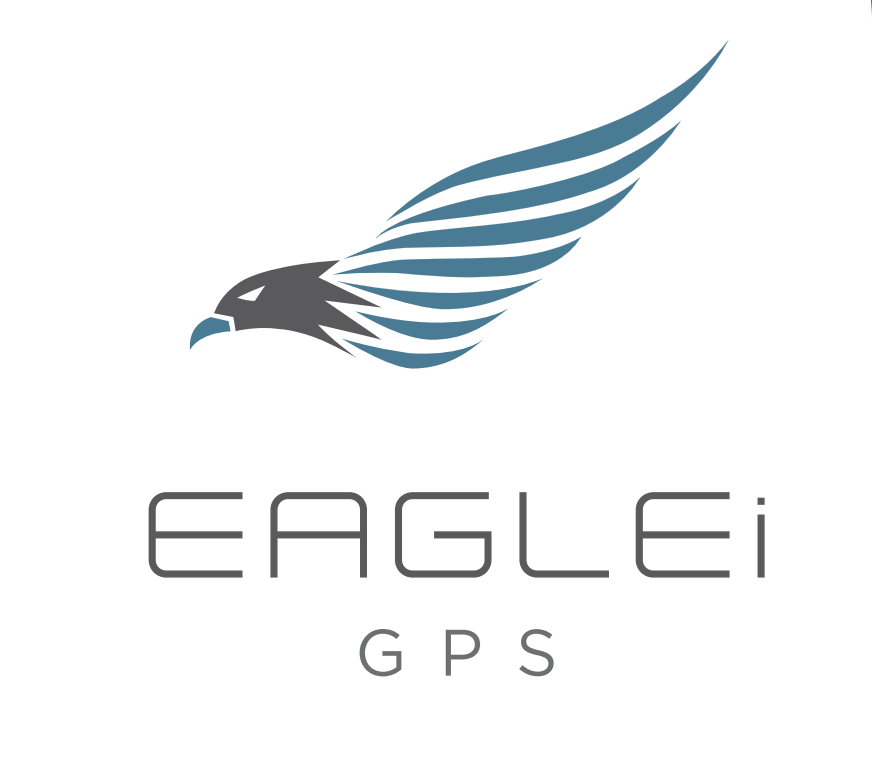Advanced GPS Fleet Tracking: A Deep Dive into Modern Telematics
Today’s world of fleet management is miles ahead of where it began. While GPS fleet tracking has always been revolutionary, the narrative has evolved from just plotting dots on a map. Modern telematics is now painting a vivid picture of the entire fleet’s health, efficiency, and performance. Let’s dive deep into the vast array of telematics data points that go beyond mere location tracking.
Understanding Modern Telematics
The new-age GPS fleet tracking is more than just monitoring the geographical position of a vehicle. With a bouquet of advanced telematics data points, businesses now have access to intricate details, bringing unprecedented advantages.
Deciphering Driver Behavior
- Harsh Acceleration, Braking, and Cornering: Understanding these metrics enables fleet managers to identify potential reckless driving patterns. By addressing these behaviors through training or interventions, the safety of both the driver and the vehicle is enhanced, leading to fewer accidents and lower insurance premiums.
Health of the Fleet at a Glance
- Engine Temperature & Oil Pressure: These indicators can preempt significant breakdowns. A rise in engine temperature or abnormal oil pressure can indicate potential issues, allowing for timely maintenance interventions.
- Tire Pressure: Constant monitoring ensures that tires are always in optimal condition, reducing the risk of blowouts and enhancing fuel efficiency.
Stay Connected, Always
- Bluetooth Connection & Detected BLE Beacons: This offers more than just connectivity. With the integration of BLE (Bluetooth Low Energy) beacons, assets can be tracked even when they’re not directly under a GPS satellite, like inside warehouses or covered areas.
- GSM Signal Strength: By monitoring this, fleet managers can ensure uninterrupted communication, especially in areas known for spotty signals.
Unraveling the Intricacies of CAN Data
- Ambient Air and Gearbox Temperature: These metrics provide insights into the external environment the vehicle is operating in and the internal health of the transmission system, respectively.
- Fuel Consumption: An accurate reading can help in planning refuels effectively, ensuring minimal downtime and optimizing routes based on fuel stations.
Safety & Security: Non-Negotiables in Fleet Management
- GSM Jamming Detection: A vital tool against theft attempts. Jamming detection can alert managers in real-time if someone tries to interfere with the GPS signal to steal a vehicle.
- Tow Detection & Ignition Status: These are crucial in preventing unauthorized movement of vehicles, ensuring the security of both the asset and the cargo it might be carrying.
Efficiency at Its Best
- Total Mileage & Fuel Level Percentages: A bird’s eye view of these can lead to effective route optimization, translating into significant cost savings over time.
- Driver Working States: Understanding when and how long drivers are on duty versus on breaks helps in ensuring compliance with labor laws and optimizing work schedules.
Conclusion: The Future is Here
The transformative power of modern telematics in GPS fleet tracking is reshaping the landscape of fleet management. It’s no longer just about tracking; it’s about optimizing, safeguarding, and driving efficiency at every turn. As technology continues to advance, embracing these sophisticated data points is not just an option—it’s imperative for businesses aiming for the zenith of success.
See a list below of many data points provided by our advanced GPS Fleet Tracking devices:
- Acceleration – Acceleration data by x, y, and z axis
- Analog Input In – Voltage on the analog input
- Analog Input In Voltage High Status – Analog input’s voltage is above the threshold
- Autogeofence Status – Auto Geo-Fence Area status
- Backup Battery Voltage – Backup battery voltage
- Battery Low Status – Battery low status
- BLE Beacons – Array with all detected BLE beacons data objects.
- Bluetooth Connected Status – Bluetooth connection status
- CAN Ambient Air Temperature – CAN ambient air temperature
- CAN Axle Weight – Weight on the axle read from CAN
- CAN Cruise Control Mileage – CAN-bus Cruise Control Distance
- CAN Cruise Status – CAN cruise control is active
- CAN Driver Card Status – CAN-bus driver card presence
- CAN Driver Time Related Status – CAN-bus driver time related states
- CAN Driver Work State Enum – CAN-bus driver working state
- CAN DTC Cleared Mileage – Vehicle mileage since diagnostic trouble codes were cleared
- CAN DTC Pending Status – Pending DTC status
- CAN Engine Coolant Temperature – Engine coolant temperature
- CAN Engine Load Level – Calculated engine load level
- CAN Engine Motorhours – Total engine motorhours (engine work time)
- CAN Engine RPM – Engine rotations per minute
- CAN Engine Temperature – Engine temperature
- CAN Fuel Consumption Total – Total fuel consumed since reset
- CAN Fuel Level – Fuel level in percentage
- CAN Gearbox Temperature – Gearbox temperature
- CAN Mileage Total – Total vehicle mileage
- CAN MIL Status – Malfunction Indicator Lamp status
- CAN Oil Pressure – Engine oil pressure
- CAN Oil Temperature – Engine oil temperature
- CAN Pedal Position – Pedal position in percentage
- CAN Seatbelt Status – Driver’s seatbelt status
- CAN Tacho Mileage Driver1 – Driver 1’s tacho mileage
- CAN Tacho Mileage Driver2 – Driver 2’s tacho mileage
- CAN Tacho Over Speed Duration – Over speed duration read from tachograph
- CAN Tacho Over Speed Start Time – Over speed start time
- CAN Tacho Over Speed Stop Time – Over speed stop time
- CAN Tire Pressure – Tire pressure
- CAN Tire Temperature – Tire temperature
- CAN Vehicle Speed – Vehicle speed
- Cell ID – Cellular tower ID
- Datetime – Timestamp when the data was recorded
- Device Name – Device name
- Digital Input In – Digital input status
- Digital Input In1 Short Circuit Status – Short circuit status on the digital input 1
- Digital Input In2 Open Circuit Status – Open circuit status on the digital input 2
- Driver1 ID – ID of the first driver
- Driver2 ID – ID of the second driver
- Event Enum – Enumerated event type
- Event ID – Unique ID for the event
- External Power Status – External power connection status
- GSM Jamming Status – GSM jamming detection status
- GPS Satellites – Number of satellites the device is connected to
- Harsh Acceleration Status – Harsh acceleration detection status
- Harsh Braking Status – Harsh braking detection status
- Harsh Cornering Status – Harsh cornering detection status
- iButton – iButton detection status
- Ignition Status – Ignition status
- Latitude – Latitude coordinates
- Longitude – Longitude coordinates
- Mileage – Mileage since last reset
- Modem Temperature – Modem temperature
- Movement Status – Movement status (whether the vehicle is moving or stationary)
- Odometer – Odometer reading in kilometers/miles
- Priority – Event priority
- Protocol – Protocol version
- Server Timestamp – Server timestamp when the data was received
- Signal Strength – GSM signal strength
- Speed – Current speed of the vehicle
- Tow – Towing detection status
- Trip Status – Trip status (start, in-progress, end)







